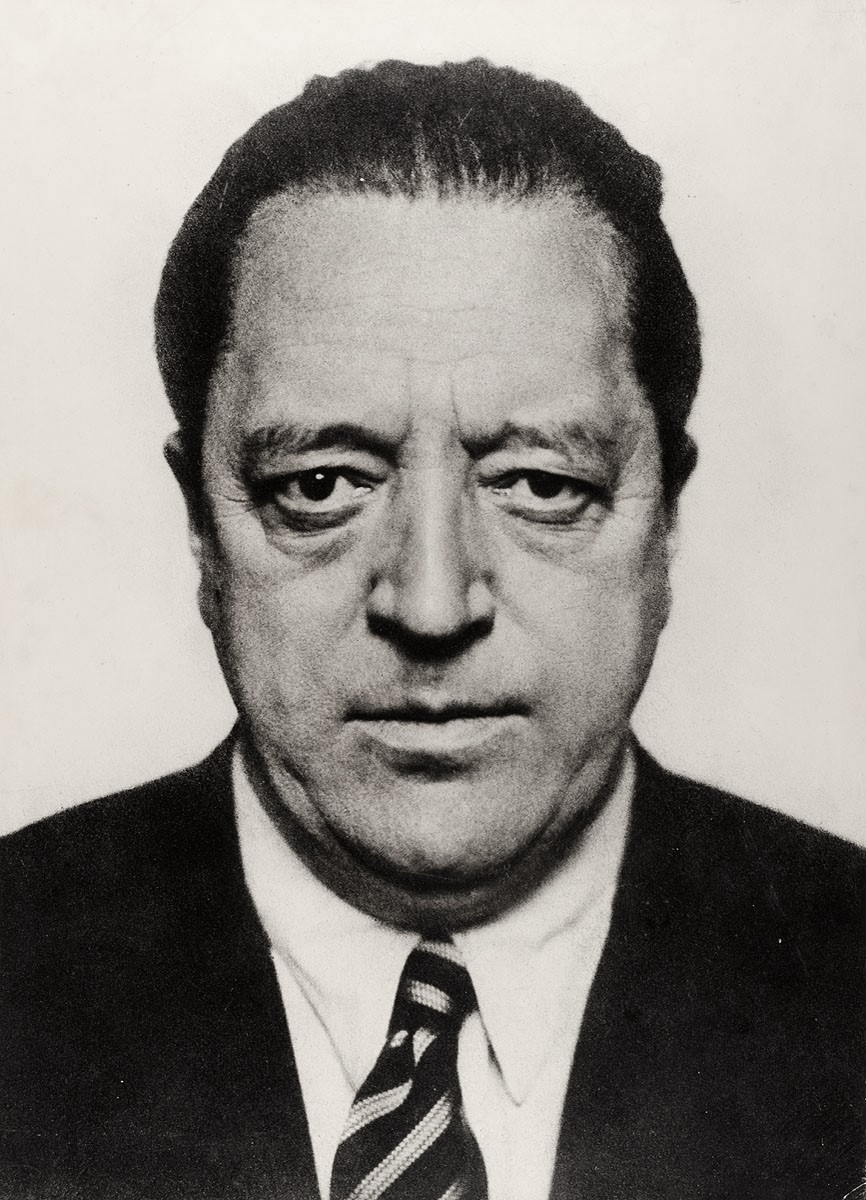“I miei pensieri guidano la mano e la mano dimostra se il pensiero è giusto.”
Origine: Citato in I Maestri dell'architettura – Ludwig Mies van der Rohe, p. 10.
Ludwig Mies van der Rohe è stato un architetto e designer tedesco.
Viene ricordato - assieme a Le Corbusier, Walter Gropius, Frank Lloyd Wright e Alvar Aalto - come maestro del Movimento Moderno.
Wikipedia

“I miei pensieri guidano la mano e la mano dimostra se il pensiero è giusto.”
Origine: Citato in I Maestri dell'architettura – Ludwig Mies van der Rohe, p. 10.
citato in Ludwig Hilberseimer, Architettura a Berlino negli anni venti da Fabrizio Desideri, Il «fantastico» Scheerbart, Editori Riuniti, 1982
Origine: Citato in I Maestri dell'architettura – Ludwig Mies van der Rohe, copertina.
Origine: Citato in I Maestri dell'architettura – Ludwig Mies van der Rohe, p. 5.
Origine: Citato in Giovanni Leoni, p. 21.
“Symmetry is the aesthetics of the stupid.”
An early appearance is "Symmetry is the aesthetics of the little man," which appears in the 1965 book Bauen auf dem Lande (Building in the Countryside), volumes 16-17. However, the quote has also variously been attributed to Picasso, Salvatore Dali and Friedensreich Hundertwasser.
Disputed
Origine: "Symmetry is the aesthetics of the stupid." Mies van der Rohe (allegedly), 2018-01-21, 2017-11-12 http://falschzitate.blogspot.com/2017/11/symmetrie-ist-die-asthetik-der-dummen.html,
Actually Robert Browning, from Andrea del Sarto. "Less is often more" was used still earlier by Christoph Martin Wieland.
Misattributed
"On restraint in Design" in The New York Herald Tribune (28 June 1959)